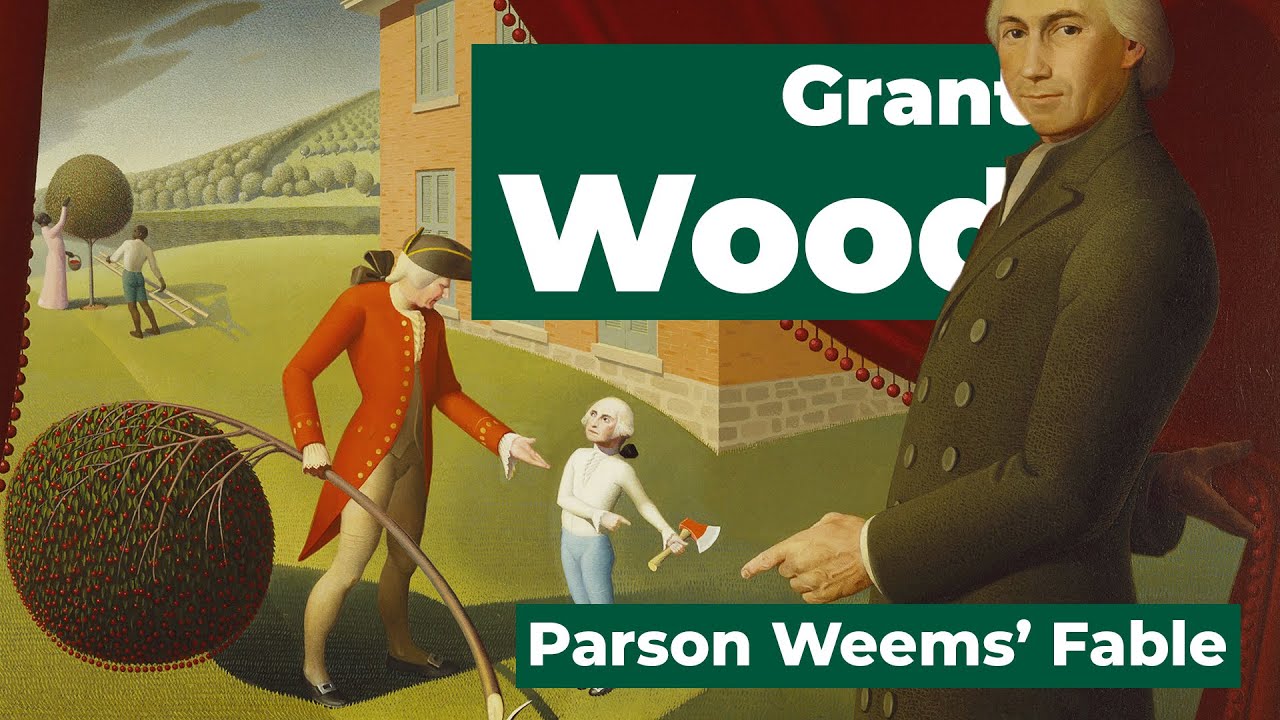Tuen Tony Kwok
tonykwk39@gmail.com
Bela Czobel (1883–1976) was a Hungarian painter, known for his association with The Eight in the early 20th century in Budapest. They were known for introducing Post-Impressionist styles into Hungary, in addition to Fauvism, Cubism and Expressionism.
Bela Czobel was born to a Jewish-Hungarian family in Budapest in 1883. He became a student of Bola Ivanyi-Grunwald in the Nagybanya free school, held in an artists’ colony in what is now Baia Mare, Romania. In 1902, he went to Munich to study, where he became friends with Jules Pascin, Rudolph Levy and Walter Bondy. In 1904, like many other young artists from Hungary, he went to Paris for additional study; he attended the Académie Julian as a pupil of Jean Paul Laurens.
His style at first reflected the principles of naturalism of the Nagybánya school. After meeting painters of the Fauves group in 1905 in Paris and seeing their work at the influential Salon d’Automne exhibit that year, he began to incorporate strong colors into his works.
Returning to Budapest, Czobel joined other young painters first known as the "Neos", for striking out in directions different from the Nagybanya traditions. By 1909 they organized as The Eight. They had their first exhibit, New Pictures, that year, their first as The Eight in 1911. The members included the leader Károly Kernstok, Róbert Berény, Dezsõ Czigány, Odon Márffy, Dezső Orbán, Bertalan Pór, and Lajos Tihanyi.
Czobel was interviewed by Gelett Burgess, prior to the publication of The Wild Men of Paris, in Architectural Record, May 1910. A painting by Czobel, Portrait de Femme, and a photograph of the artist were reproduced in the publication, along with a text about the artists work.
During he First World War, Czobel went to the Netherlands, where he continued to work in fauvist style. He also spent time in Berlin, where he became part of the New Secession movement.
From 1925-1939, Czobel settled in Paris, where he had a studio in Montparnasse. After the war, he exhibited and worked both in Budapest and Paris. He finally returned to Hungary for good in 1965.
貝拉.楷印貝爾(1883年至1976年)是匈牙利畫家,他與在布達佩斯早在20世紀八協會稱。他們被稱為對後印象派風格引入匈牙利,除了野獸派,表現主義和立體主義。
貝拉.楷印貝爾出生於一個猶太家庭的匈牙利在布達佩斯在1883年,他成為博拉Ivanyi格倫沃爾德在拜亞無學校的學生,在現在的巴亞馬雷,羅馬尼亞的藝術家聚居區舉行。 1902年,他到慕尼黑留學,在那裡他成為朋友PASCIN,魯道夫Levy和沃爾特·邦迪。 1904年,像來自匈牙利其他許多年輕的藝術家,他到巴黎為更多的研究;他出席Académie朱利安的讓·保羅·勞倫斯的學生。
他的風格在首先體現在學校的巴亞馬雷自然的原則。在有影響力的展覽傷年巴黎舉行的野獸派組的畫家在1905年,看到他們的作品秋季沙龍之後,他開始將強烈的顏色為他的作品。
回到布達佩斯,Czóbel加入了其他的年輕畫家第一次被稱為“新保守主義”為從拜亞傳統不同的方向剔除。到1909年,他們將組織成八。他們讓他們的第一個展覽,新圖片,傷了一年,八它們作為查爾斯第一次在1911年的成員包括領導Kernstok,羅伯特Berény,浴缸Czigány,Odon的德馬爾菲,·德熱歐爾班,拜爾陶隆灰塵,拉約什Tihanyi。
Czóbel伯吉斯被Geleta採訪之前,蠻人的巴黎,在建築實錄,1910年5月由Czóbel,人像德指數Femme畫,以及藝術家的照片的公佈是再現的出版,與文本一起關於藝術家的作品。
在第二次世界大戰期間他首先,Czóbel去了荷蘭,他繼續在WHERE野獸派風格的工作。他底花時間在柏林,在那裡他成為了新的分裂運動的一部分。
從1925年至1939年,在Czóbel巴黎,在那裡他讓在蒙帕納斯工作室入駐。戰爭結束後,他展出和工作都在布達佩斯和巴黎。1965年他終於回到匈牙利。
Source
Bela Czobel 貝拉.楷印貝爾 (1883 – 1976) Post-Impressionism Fauvism School of Eight Hungarian



